Burgundy harvest 2015: more challenging for whites
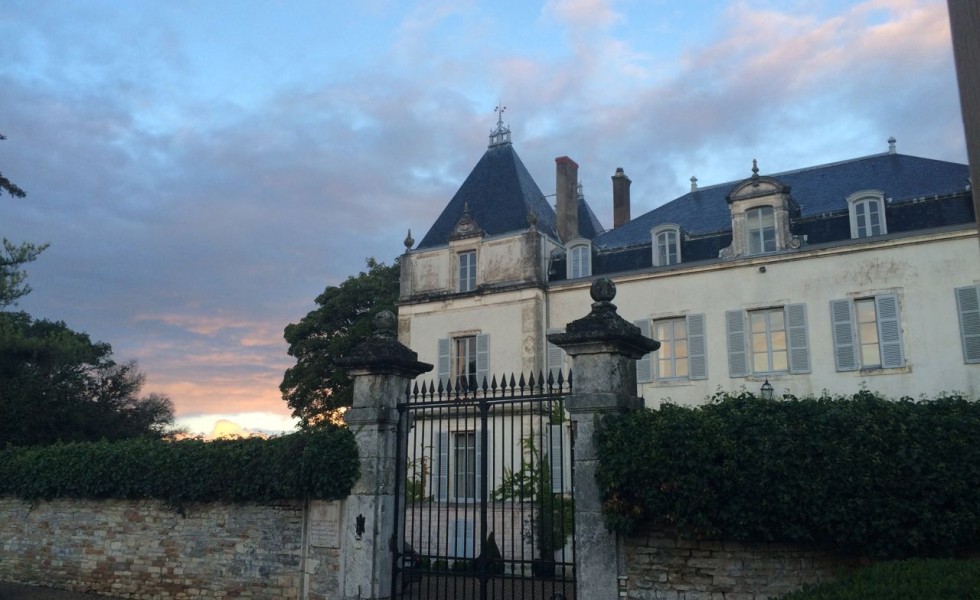
19 September 2015
By Panos Kakaviatos for wine-chronicles.com
As Bordeaux readies itself for its harvest later this month and into October, still a while ahead, Burgundy has finished its pickings, which took place mainly between end August and mid September.
Despite hail-hit vineyards in Chablis earlier this month, damage was not extensive (about 2% as my friend Jane Anson reported for decanter.com). During a press conference on 17 September, BIVB president Claude Chevalier also minimized the effect of the hail for Chablis. Also at the press conference, Burgundy expert Jasper Morris, MW, author of the excellent book Inside Burgundy (which is being translated into French), told me that rain towards the end of the harvest actually helped to increase volume – and that damage was indeed limited to parts of the region, albeit to fine vineyards including Blanchots, Montmains, Montée de Tonnerre and parts of the famous Les Clos Grand Cru.
As for the rest of Burgundy, vintners were smiling – from the south to the north – because of sunny weather at and leading up to harvest time.
Reminding vintners of 2005 …
As you can read in my recently published report for decanter.com, vintners stressed the important role that August played in 2015, following a very hot and dry late June and July. Because of a normal August, they said, with rain at the end of that month, thick skinned grapes were able to expand and gain volume, so as to contain juice as well as concentration. And acidity levels were respectable.
Just as important, vintners said: the luxury of time in picking the grapes. The weather was very favorable throughout the harvest, from end August until mid September. Vintners tended to pick early in the morning to retain freshness, as nights were cool, explained Amaury Devillard from his gorgeous Château de Chamirey in Mercury (pictured at the top of this story).
So, for reds, 2015 looks to be like 2005, as several vintners – as quoted in my decanter.com story – said, including the aforementioned Chevalier.
In any case, as you can see in the video, well-known producer Anne Parent of Domaine Parent in Pommard (among others) says that the harvest was more difficult for whites than it was for reds – and that acidities were better for reds as well.
There was a need to harvest whites at a specific time, to maintain maximum acidities, while not gaining too much potential alcohol. The window of picking was thus far shorter than it was for the Pinot Noirs – on a general basis.
When I tasted Parent’s Monthelie Les Champs Fulliots 1er Cru from vat, it was fine. There seemed to be enough acidity for zing but it is important to take into account what Parent said…
And Alex Gambal, too, of the eponymous estate in Beaune. In 2015, grapes from cooler, northern-facing slopes fared better for him than grapes he had picked from warmer slopes.
Pointing to a map, Gambal indicated, for example, that some grapes in the warmer La Perriere in Saint Romain were shriveled and certainly had less juice than grapes from the cooler En Chevrottes. “Just by view, the grapes had more juice on the north facing vineyard,” explained Gambal. He also said that Saint Aubin did relatively well in 2015.
2015, then, was a precocious vintage. Marked by arid heat, too.
“Basically, there was no rain from mid-June to about mid-August – and crazy heat,” Gambal said. “Generally speaking in hot years, white wines are less classic, because there is less acidity and the trick was to pick early, as sugars were high, and we did not want to lose any more acidity,” Gambal said. “But you you have to know your vineyards, as some are precocious. It is way too early to make a general statement. But whites will not be like 2003. There’s less acidity that we would like, but there is enough.”
It will be exciting to taste both reds and whites later on, but, based on this initial harvest reporting, I have a feeling that the reds will be more successful than the whites in 2015.
As the French say: A suivre!
 Wine Chronicles
Wine Chronicles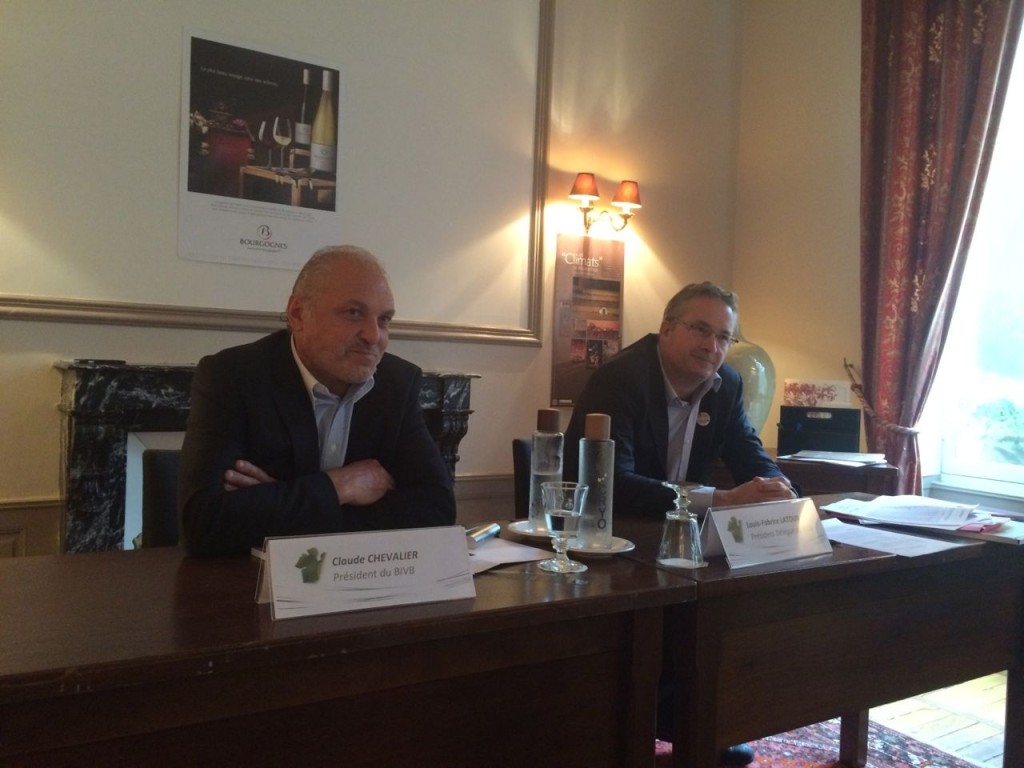
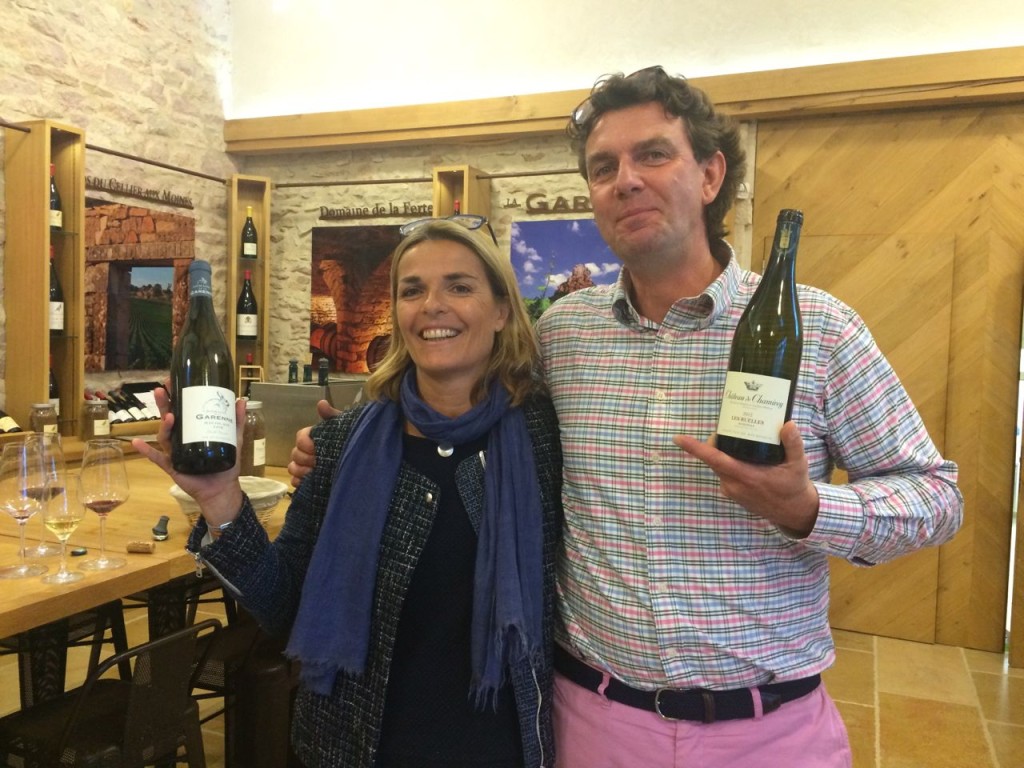
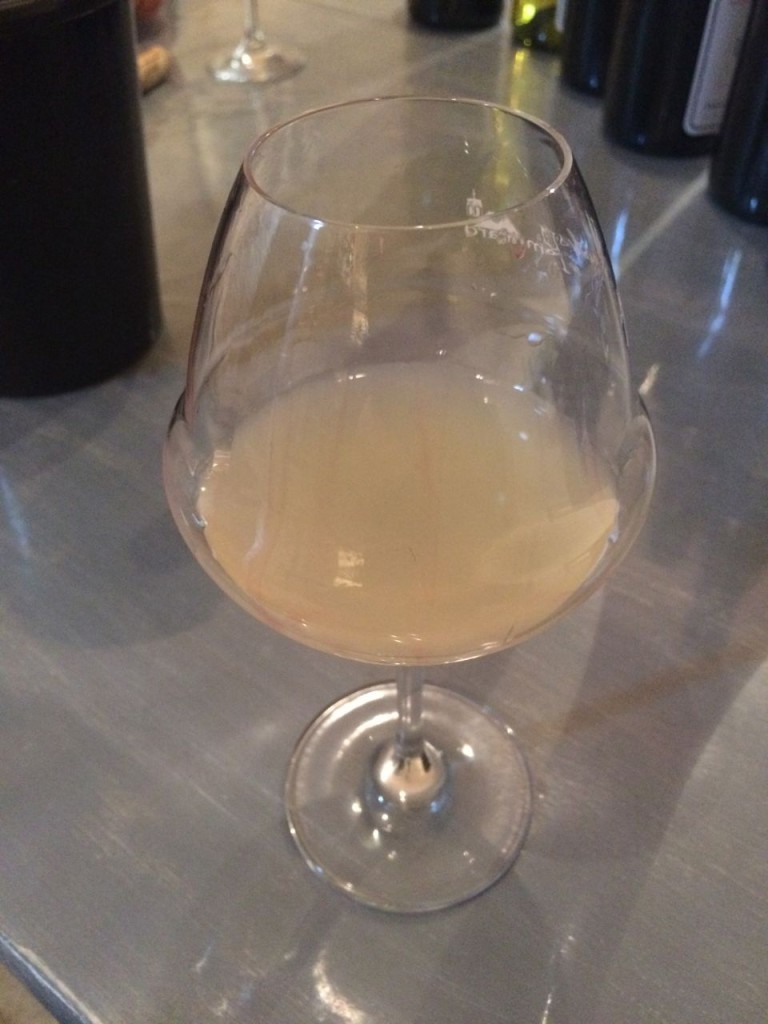
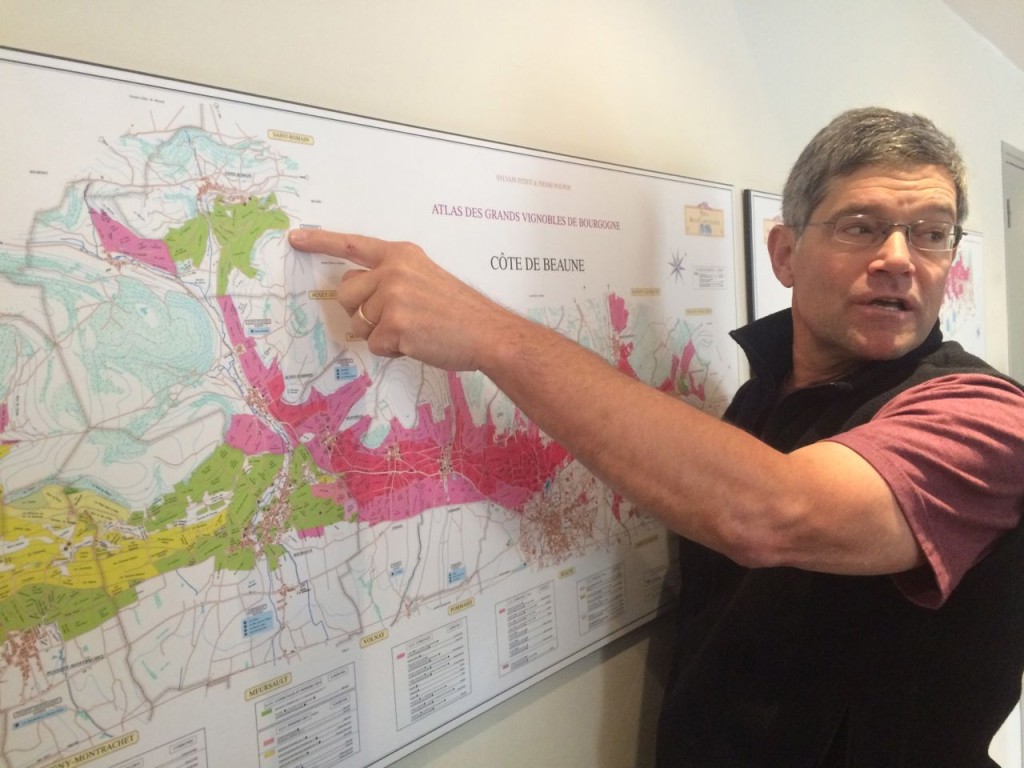
Share This